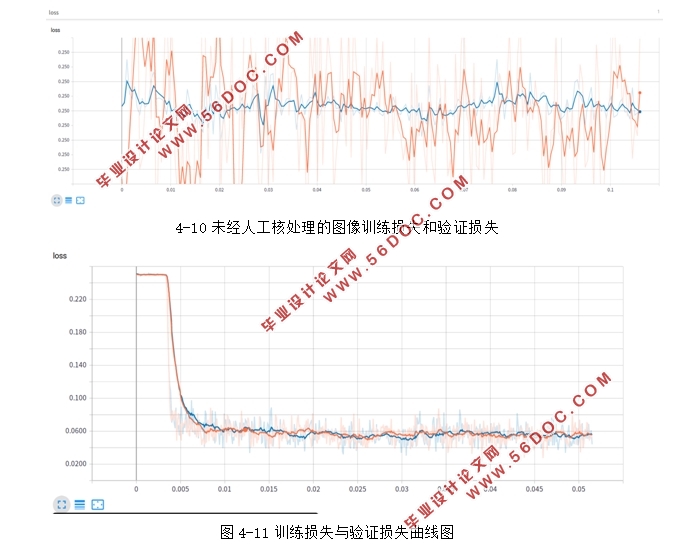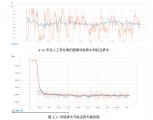基于深度学习的图像隐写分析研究
来源:56doc.com 资料编号:5D21023 资料等级:★★★★★ %E8%B5%84%E6%96%99%E7%BC%96%E5%8F%B7%EF%BC%9A5D21023
资料以网页介绍的为准,下载后不会有水印.资料仅供学习参考之用. 密 保 惠 帮助
资料介绍
基于深度学习的图像隐写分析研究(论文11000字)
摘要:图像隐写分析主要是针对图像中是否存在嵌入信息的检测,从而实现对非法信息传递监察与管控。它也是信息安全领域中新出现的热点。本篇论文主要描述的图像隐写分析的发展过程和常见的图像隐写分析技术,解析了图像在计算机中的存储方式和一般图像在卷积神经网络中的处理过程;还简要的介绍了当下深度学习的流程和一般神经网络的构成。论文中具体的设计是将隐写图像与普通图片,通过传统的隐写分析人工预处理,将其输入卷积神经网络,该神经网络在具体的设计部分有详细介绍,实现隐写图像与普通图像的二分类识别,学习产生模型。在本次设计中借助了Tensorflow,python3语言和LSBM隐写算法。
关键词:Tensorflow;深度学习;卷积神经网络;图像隐写分析;
Research on image steganalysis based on deep learning
Abstract:Image steganography analysis is mainly for the detection of embedded information in the image, so as to realize the monitoring and control of illegal information transmission. It is also a new hot spot in the field of information security.Thispaper mainly describes the development process of image steganalysis and common image steganalysis techniques. It analyzes the storage method of images in computers and the processing of general images in convolutional neural networks. It also briefly introduces the present. The process of deep learning and the composition of general neural networks. The specific design of the paper is to artificially preprocess the steganographic image and the ordinary image through traditional steganographic analysis, and input it into the convolutional neural network. The neural network is introduced in detail in the specific design part to realize differenceofthe steganographic image and common image, learning to generate the model. In this design, Tensorflow, python3 language and LSBM steganography algorithm are used.
Key words:Tensorflow;Deep learning; convolutional neural network;Image steganalysis

目录
1.绪论 5
1.1图像隐写分析背景简介 5
2.图像隐写分析发展与相关技术 6
2.1传统的图像隐写分析技术 6
2.2基于深度学习的图像隐写分析发展 6
2.3基于深度学习图像隐写分析的图像处理 6
2.3.1深度学习中图像的存储特点 6
2.3.2图像与波的关系 7
2.3.3图像隐写分析的图像预处理 9
3深度学习的相关技术与发展 10
3.1深度学习背景 10
3.2深度学习的工作流程 10
3.3神经网络 11
4.实现图像隐写分析 12
4.1 设计实现平台介绍 12
4.2一般卷积神经网络介绍 12
4.3设计神经网络介绍 15
4.4设计的运行与分析 18
5总结与展望 20
5.1毕业设计总结 20
5.2未来工作展望 20
参考文献: 21
|



